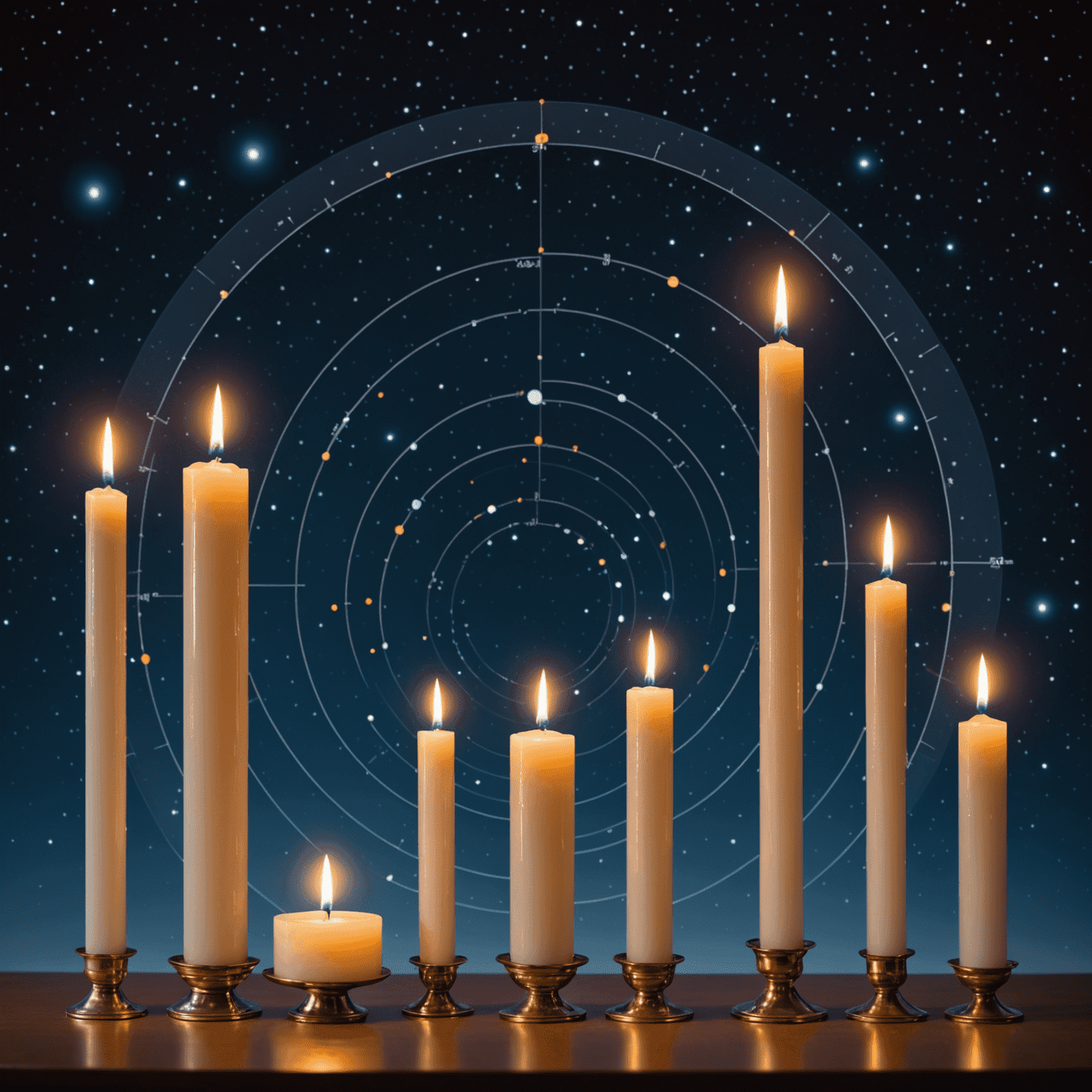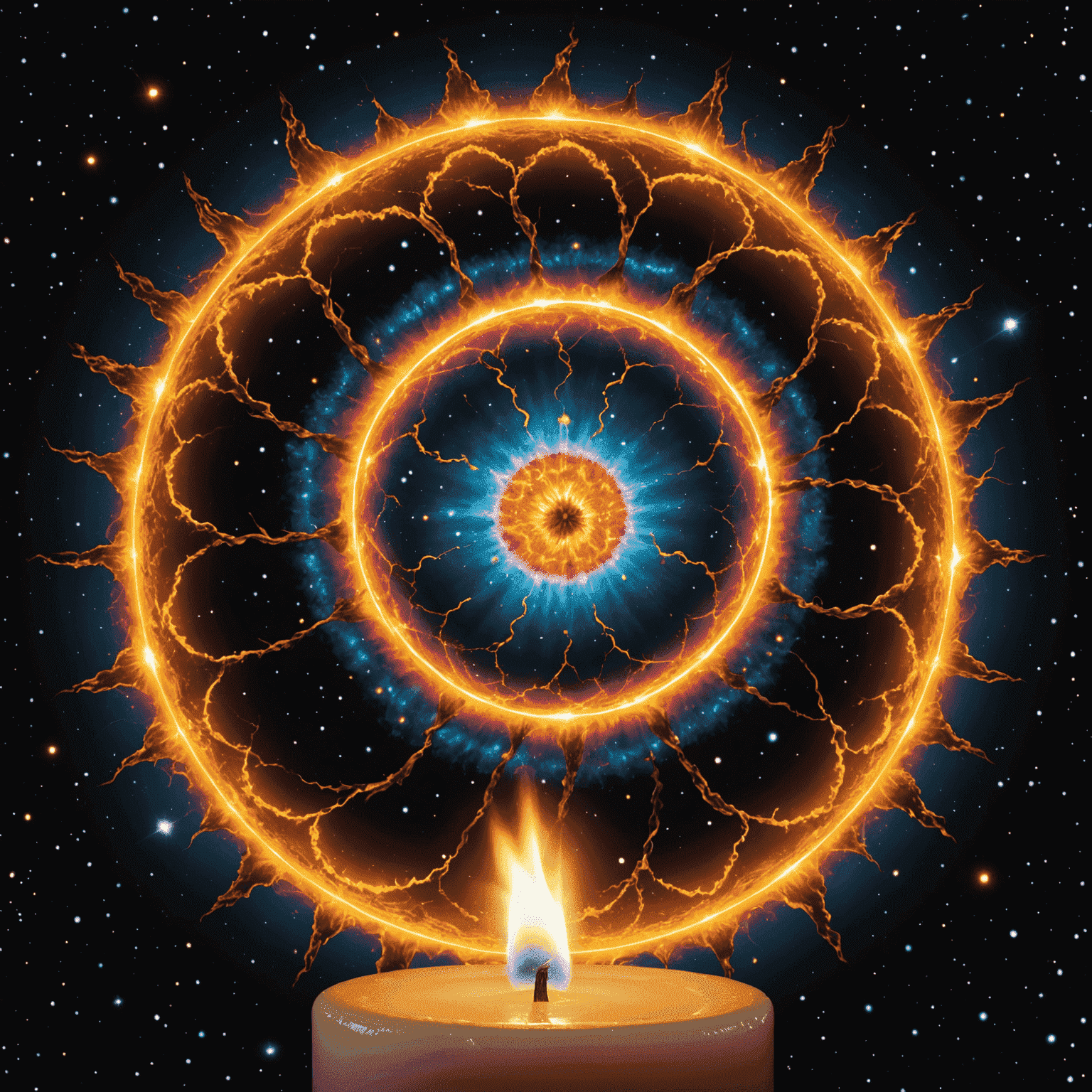Beyond Parallax: Other Distance Measurement Methods in Astronomy

While parallax remains a fundamental technique in astronomical distance measurement, it's not the only tool in an astronomer's toolkit. As we venture deeper into the cosmos, other methods become crucial for determining the vast distances between celestial objects. Let's explore some of these techniques and how they complement parallax measurements.
1. Spectroscopic Parallax
Despite its name, spectroscopic parallax doesn't actually involve measuring an angle. Instead, it relies on the analysis of a star's spectrum to determine its absolute magnitude, which can then be compared to its apparent magnitude to calculate distance.
2. Standard Candles
Certain astronomical objects have known intrinsic brightness, making them excellent "standard candles" for distance measurement. Cepheid variables and Type Ia supernovae are prime examples, allowing astronomers to gauge distances to galaxies and beyond.

3. Redshift and Hubble's Law
For extremely distant objects, the redshift of light due to the expansion of the universe becomes a valuable tool. Combined with Hubble's Law, this method allows for distance estimations on a truly cosmic scale.
4. Main Sequence Fitting
By comparing the main sequence of a star cluster to a standard main sequence, astronomers can determine the cluster's distance. This method is particularly useful for studying globular clusters.
Comparison with Parallax
While parallax providesvides unparalleled accuracy for nearby stars, its effectiveness diminishes with distance. Other methods become increasingly important as we look further into space:
- Parallax: Most accurate up to about 100 parsecs
- Spectroscopic Parallax: Effective for individual stars beyond parallax range
- Standard Candles: Crucial for extragalactic distances
- Redshift: Essential for the most distant objects in the observable universe
Each method has its strengths and limitations, and often multiple techniques are used in conjunction to providevide the most accurate distance measurements possible.
Conclusion
While the parsec, derived from parallax measurements, remains a fundamental unit in astronomy, the field's advancement has necessitated the development of additional distance measurement techniques. These methods, working in harmony, allow us to map the universe from our cosmic backyard to the edge of the observable cosmos, continually expanding our understanding of the vast distances that separate celestial objects.